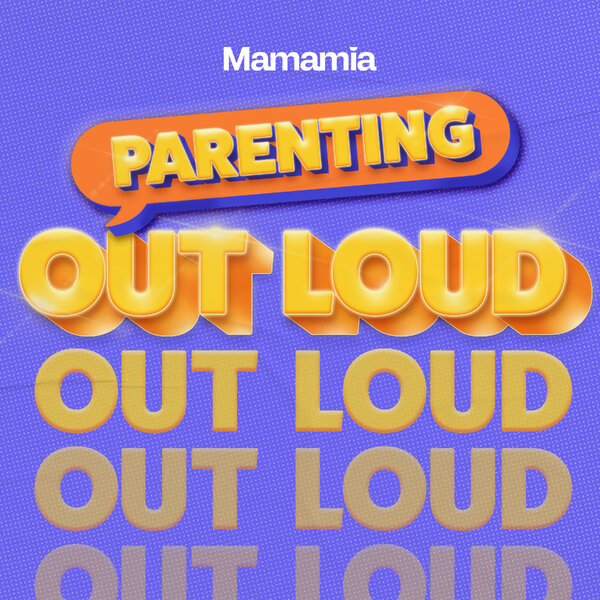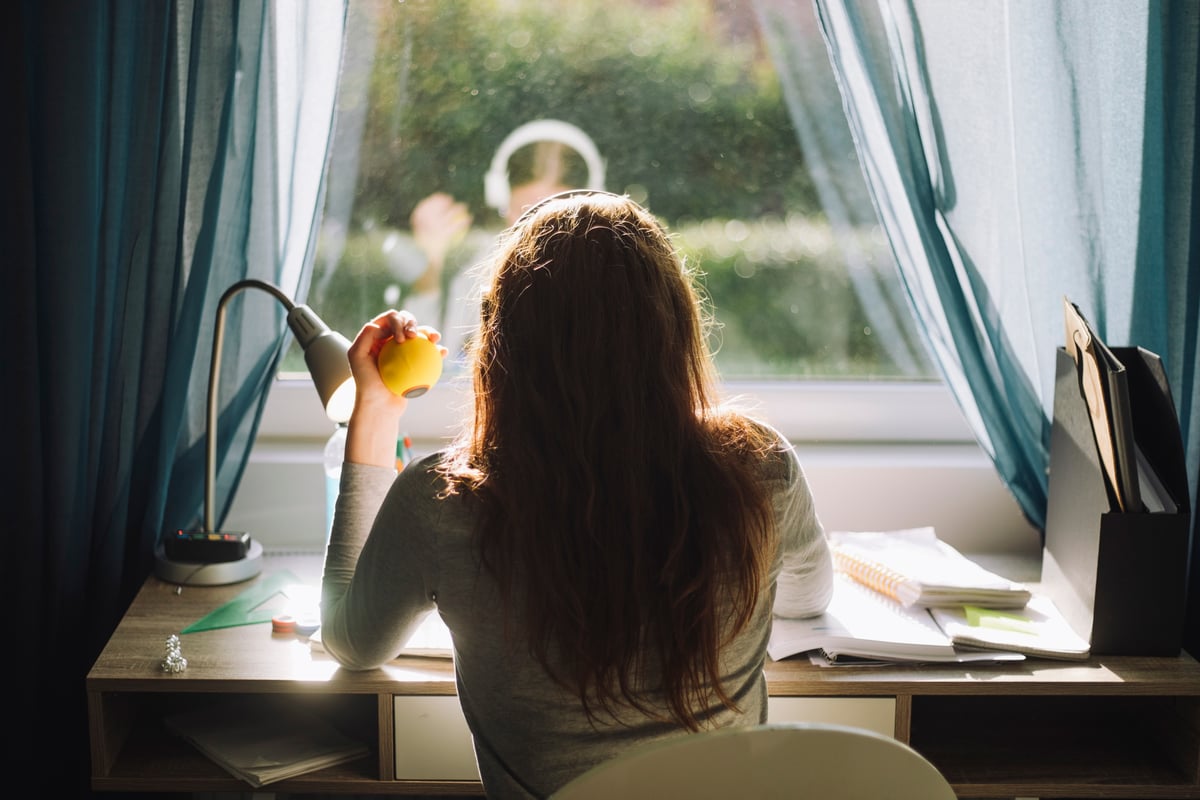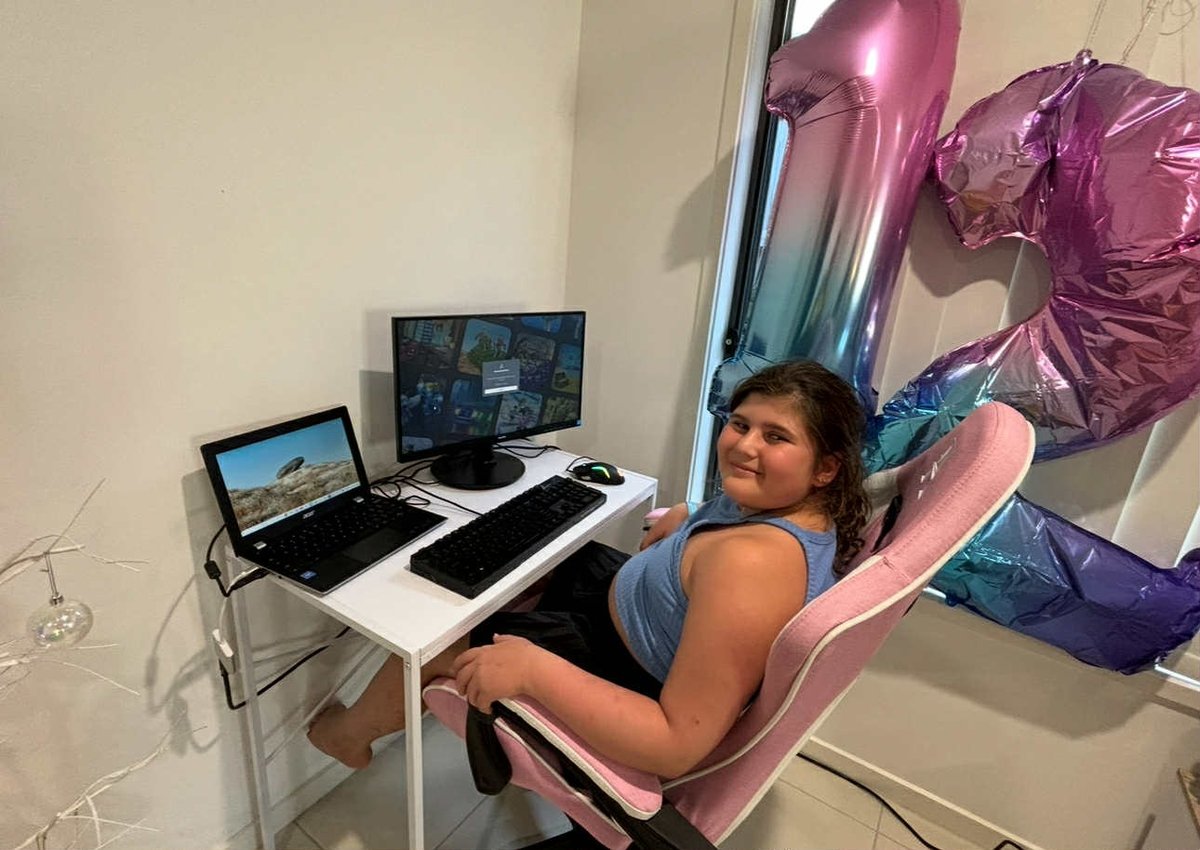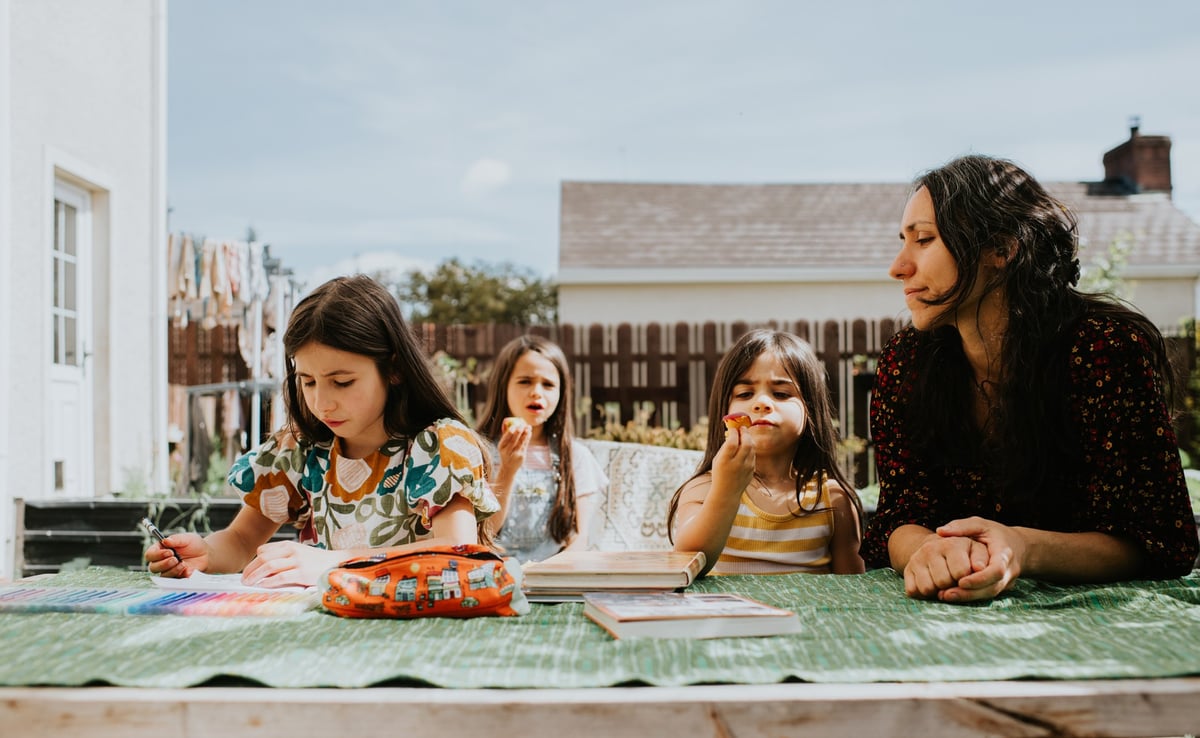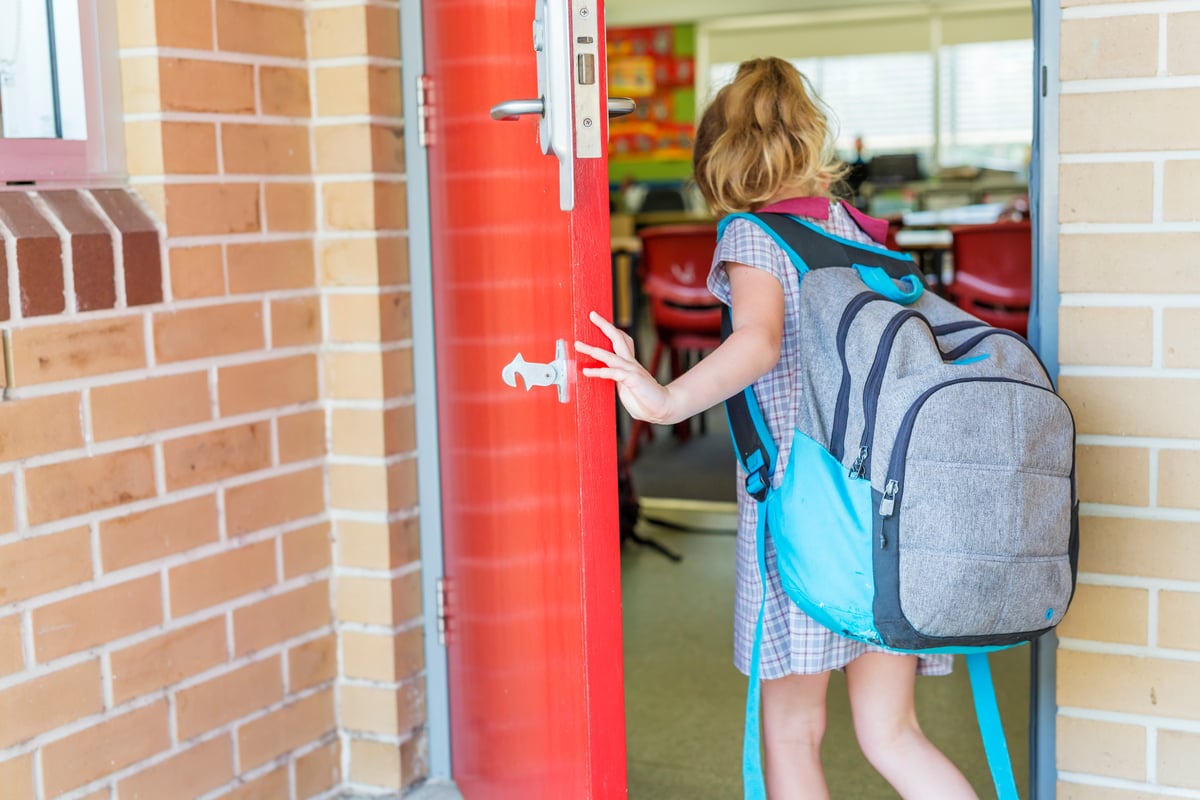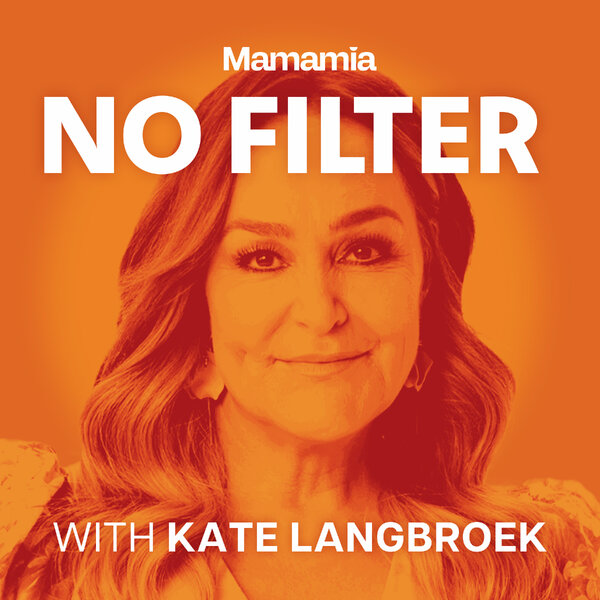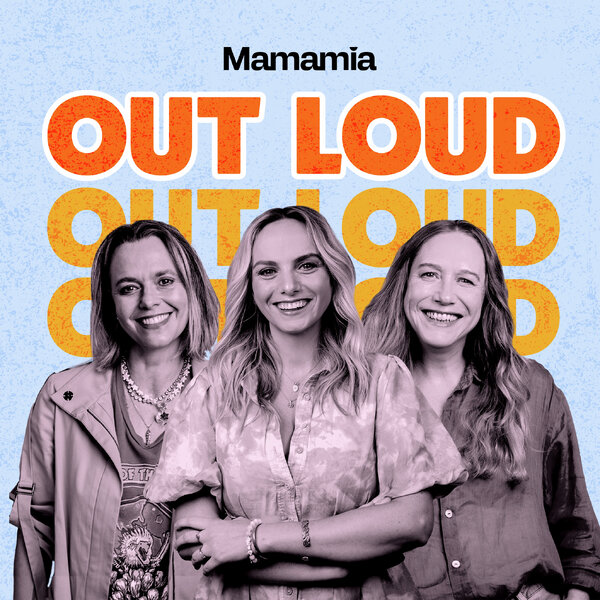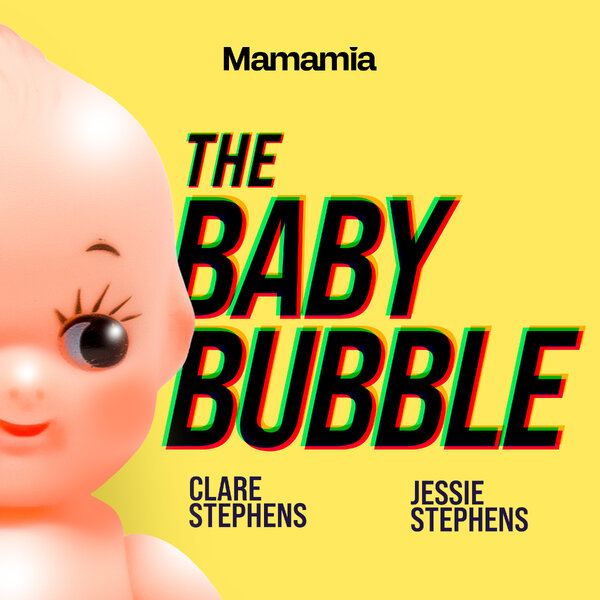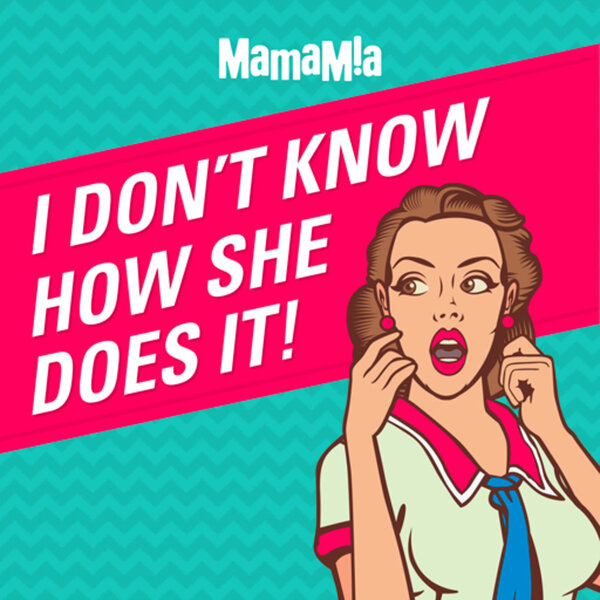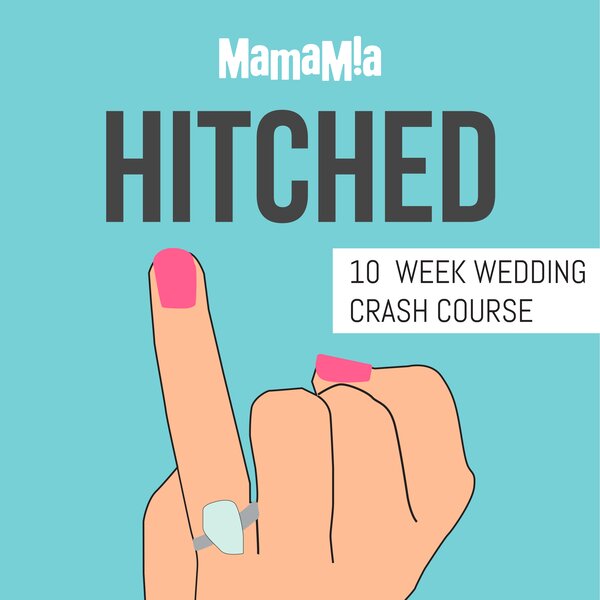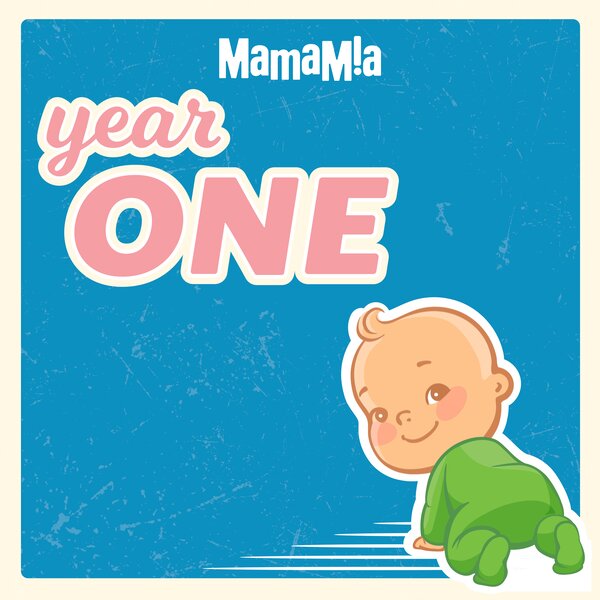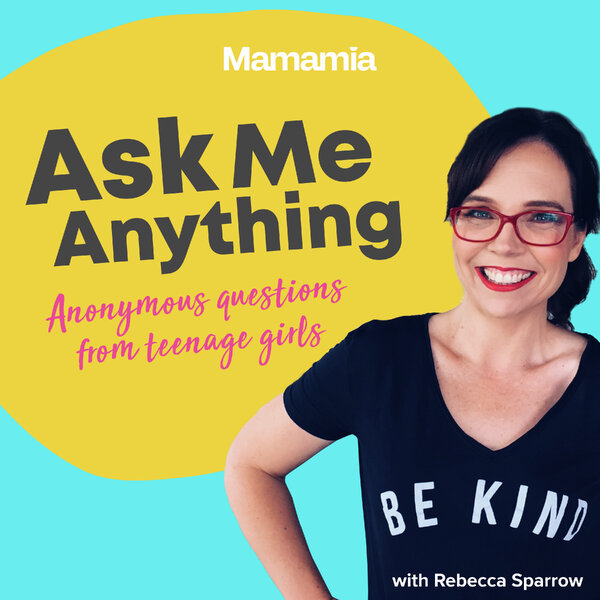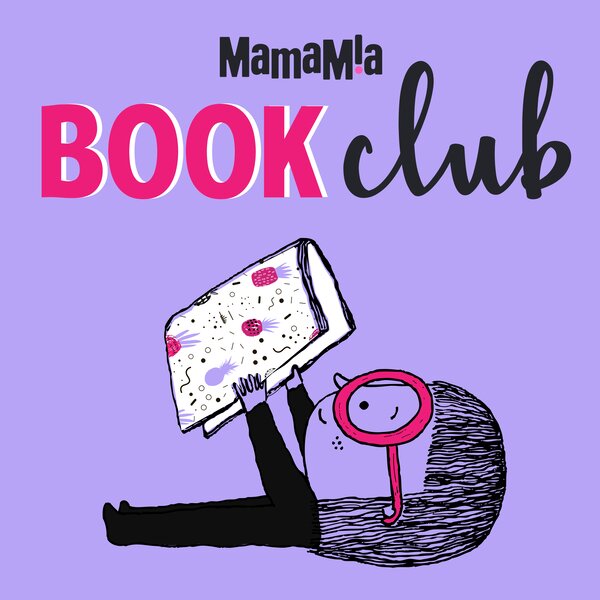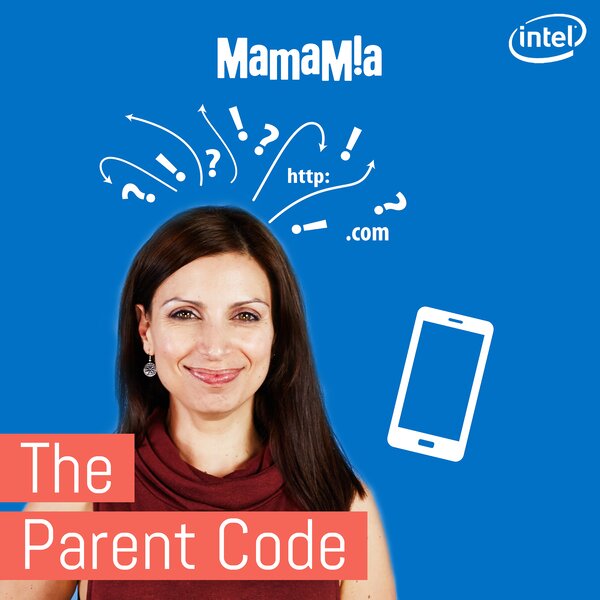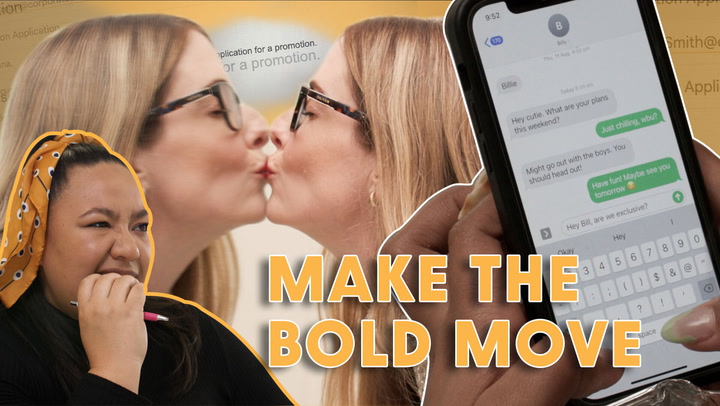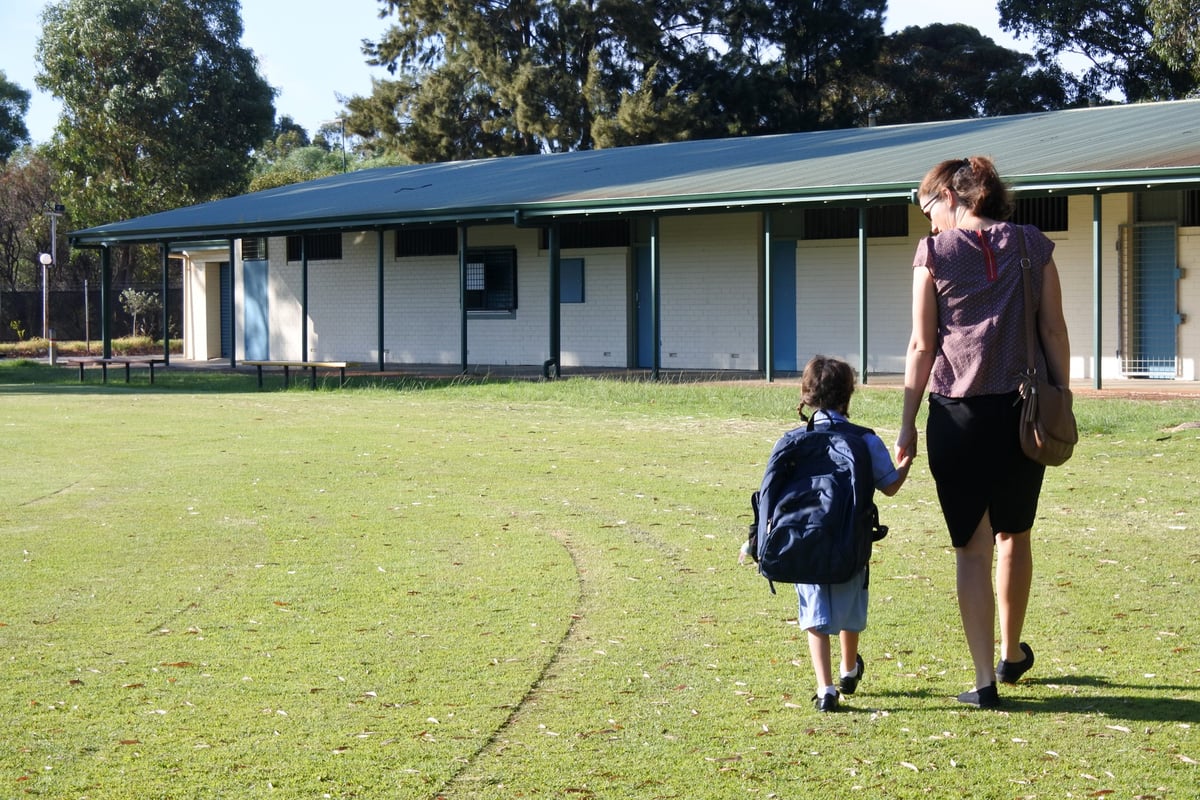
Picture this: on August 6, nearly 600,000 students stayed home from school. Not because of illness or a natural disaster, but because their teachers had reached breaking point.
For the first time since 2009, Queensland's teachers walked off the job, demanding better pay and working conditions. It's the latest sign that Australia's education sector is in crisis.
Teachers are burning out at unprecedented rates, grappling with staff shortages, challenging classroom behaviour and the relentless pressure of being "always on." But the strain isn't just affecting educators.
On the other side of the school gate, more parents than ever are pulling their children out of traditional schooling altogether, turning to homeschooling instead.
It's a trend that's sparked fierce debate. So we've spoken to two parents who've made the leap, teachers on the front lines, and an independent education expert to understand what's really fuelling the boom in homeschooling.
LISTEN: Teachers strike for better conditions. Post continues below.
The rise of homeschooling.
According to a recent report from the NSW Department of Education, the number of registered homeschooled children in the state rose from 3298 to 12,762 from 2014 to 2024.
Queensland is seeing similar growth. From 2020 to 2024, primary registrations grew by 3,082 (122.2 per cent) and secondary by 3,935 (221.7 per cent). As of August 2024, there were 11,314 students registered for home education in the state.
Once mainly used for children with learning difficulties or accessibility needs, homeschooling is now attracting families across the spectrum — including parents of gifted children.
